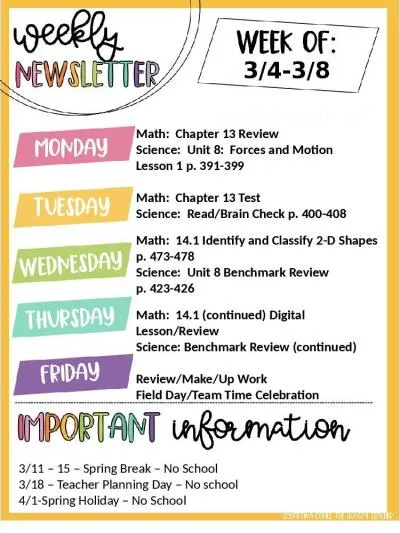PPT-English 3—Spring Review 2018
Author : karlyn-bohler | Published Date : 2018-11-05
Take out your notebooks and something to write with Today 16 th amp 17 th Centuries Volume B Tuesday The Restoration amp 18 th Century Volume C Wednesday The
Presentation Embed Code
Download Presentation
Download Presentation The PPT/PDF document "English 3—Spring Review 2018" is the property of its rightful owner. Permission is granted to download and print the materials on this website for personal, non-commercial use only, and to display it on your personal computer provided you do not modify the materials and that you retain all copyright notices contained in the materials. By downloading content from our website, you accept the terms of this agreement.
English 3—Spring Review 2018: Transcript
Download Rules Of Document
"English 3—Spring Review 2018"The content belongs to its owner. You may download and print it for personal use, without modification, and keep all copyright notices. By downloading, you agree to these terms.
Related Documents

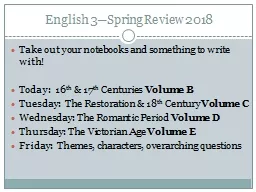




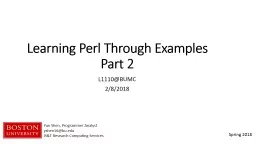

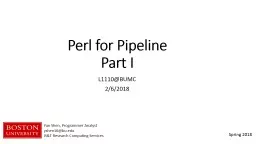
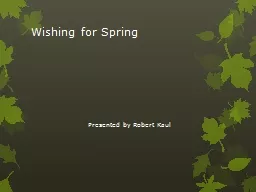
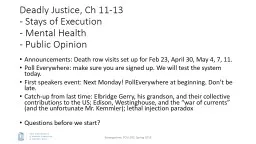

![[READ] Learn English Through Stories: 16 Stories to Improve Your English Vocabulary Learn](https://thumbs.docslides.com/1006295/read-learn-english-through-stories-16-stories-to-improve-your-english-vocabulary-learn-english-through-stories-16-stories-to-improve-your-english-grammar-and-english-vocabulary.jpg)
![get [PDF] Download West\'s Spanish English English Spanish Law Dictionary: Translations](https://thumbs.docslides.com/1019677/get-pdf-download-west-s-spanish-english-english-spanish-law-dictionary-translations-of-terms.jpg)
